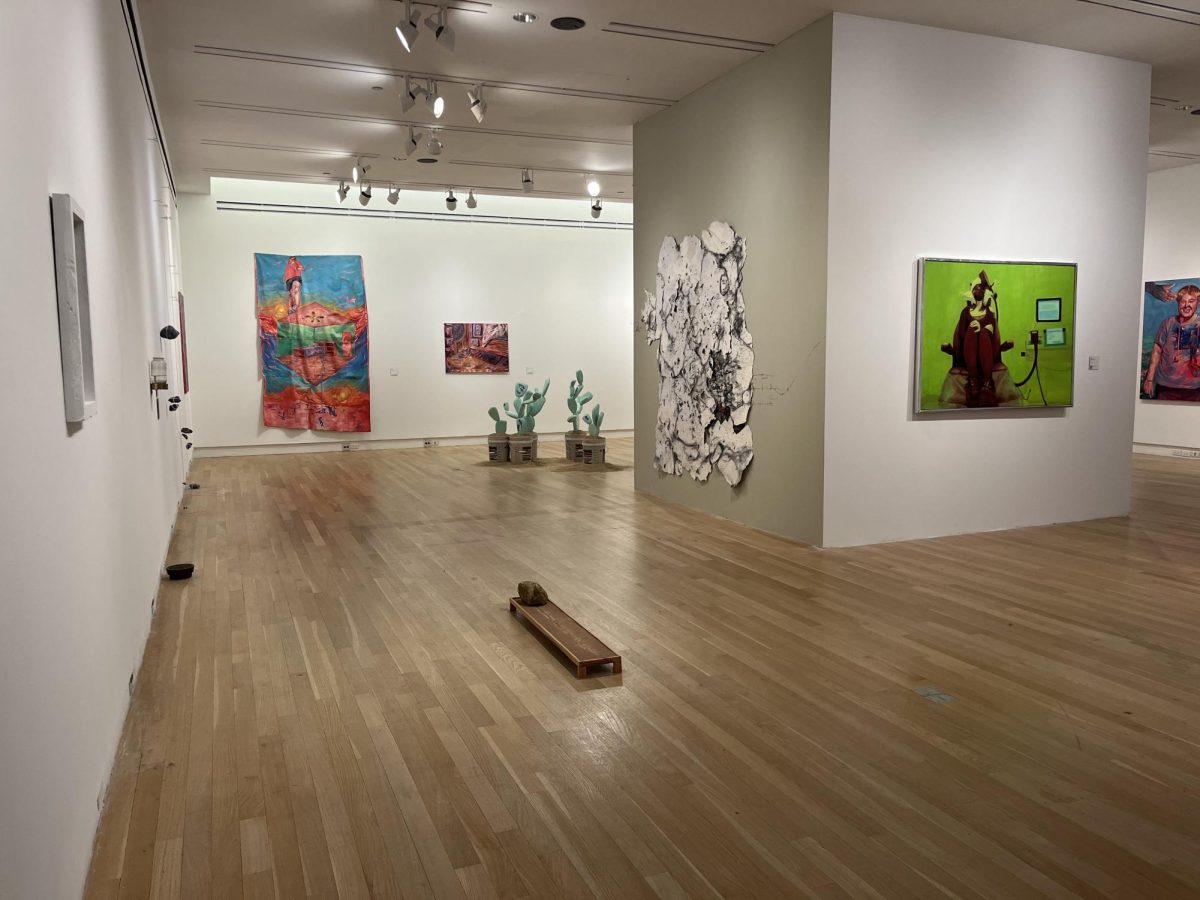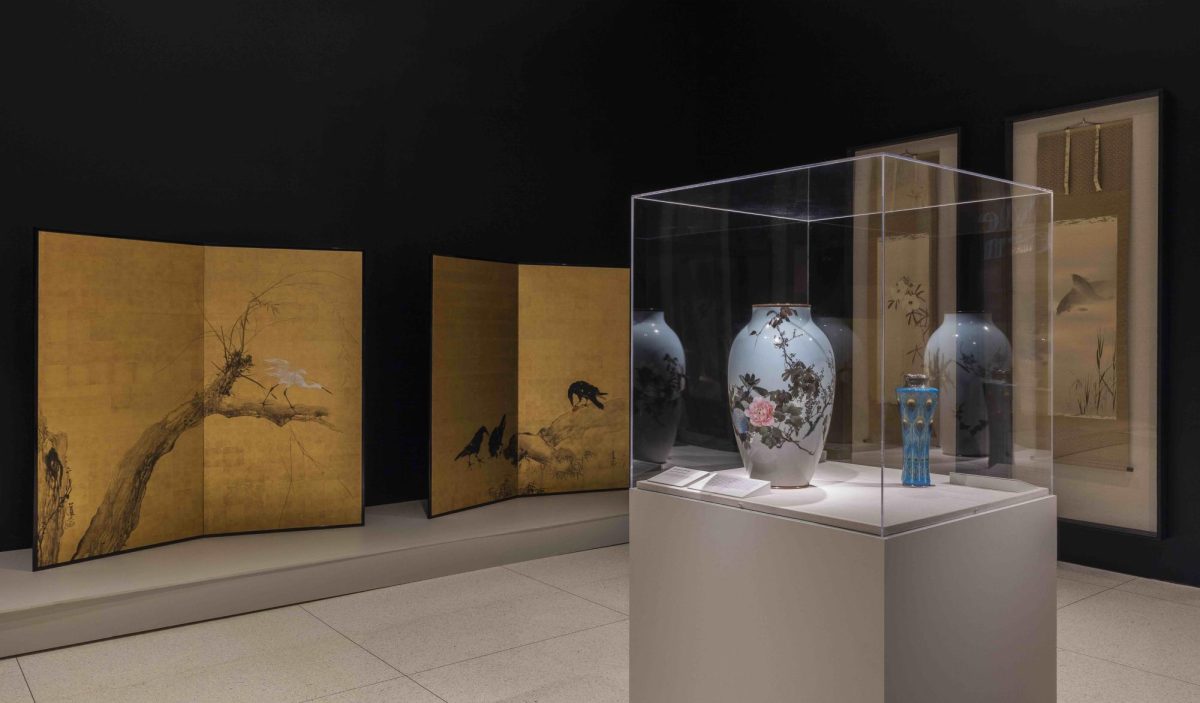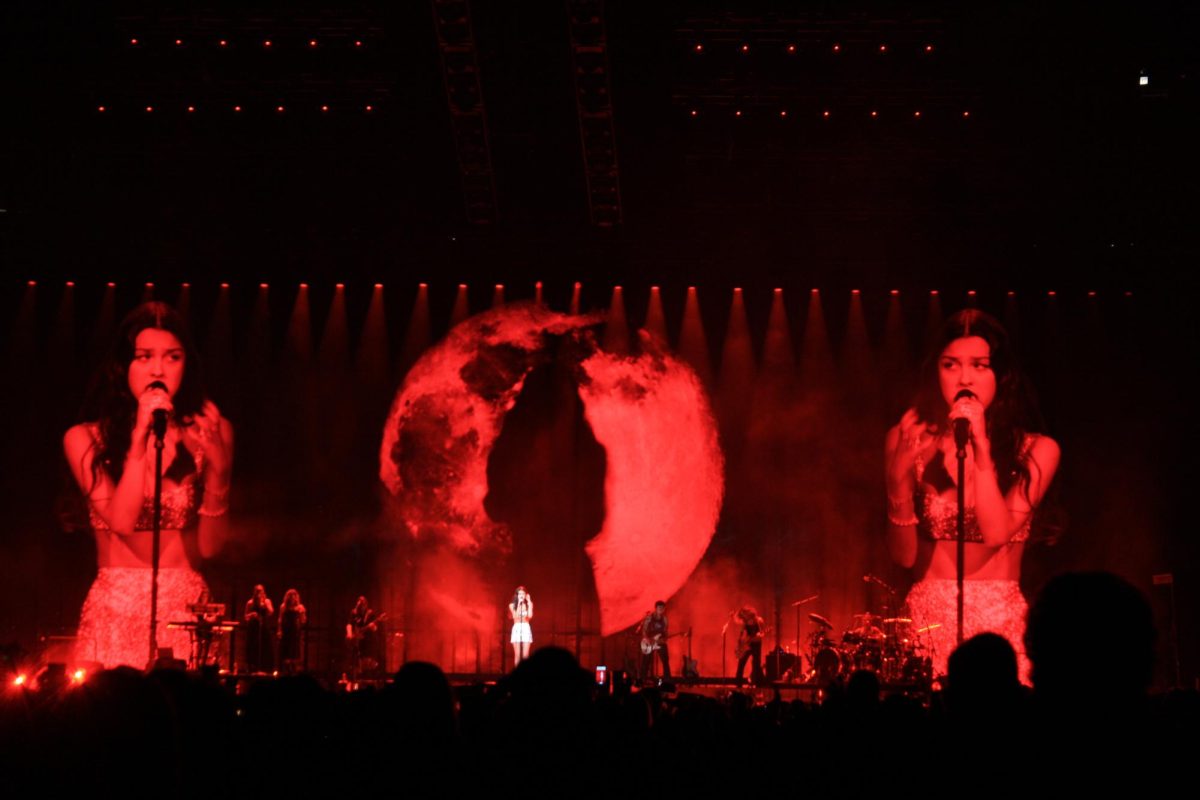On a Friday evening 50 years, almost to the day, since Stalin and Prokofiev’s death, Ashkenazy and child prodigy Vondracek appropriately began this concert–Shostakovich’s Chamber Symphony and Prokofiev’s Piano Concerto in D flat major–with a tribute to both. The Chamber Symphony, with its less than subtle knock at the KGB, is a mournful reaction to the horrors of World War II. However, the performance was a bit anxious from the start. In the first movement an andante tempo along with weak cello and bass entrances throughout undermined the gravity of the largo. In a rather thin rendition in general, the second violins still managed, even under the straining melody, to come off as mysterious in some of the more tense moments without sounding muted. The Allegro molto and the Allegretto, however, were more convincing.
From the start the dissonances between the cellos and the violins were scrupulously played out–both rattling and disturbing, not just blandly percussive. The morbid drive of the pizzicatos only aided in the strained and turbulent middle sections. Throughout, the cellos and the violins complemented each other perfectly, neither one dominating the other as in the first movement. The tangled interplay between the two effectively nurtured the rising intensity of the work culminating in the infamous triplets of the second Largo. It is a great credit to Ashkenazy that he was able to maintain an almost macabre intensity under such a slow pace. Sometimes the transitions between bass and violin melodies were a bit awkward in their lack of fluidity but the cellos finally asserted themselves, fully lending a sonorous thread of color between the horrific triplets as they successively increased in violence. In the final Largo, a reprieve of the first movement, the orchestra arrived at what it was searching for in the first movement–a drowned, weighted but unmuted, elegy of the “victims of fascism and war,” to whom Shostakovich dedicated this work. It ended without melodrama, sorrowful yet stoic.
The following piece, Prokofiev’s first piano concerto, was written in 1912. In the youthful key of D flat major, it was a first venture into the world of concerti for the young Prokofiev, and Friday’s performance featured the even younger prodigy Vondracek at the piano. It is never a worry, when such a young performer appears (he was 16), whether or not he will be able to handle such a technically demanding piece with assurance. Indeed, this concert was no different, as Vondracek played with much flair, dazzling the audience. Despite the implied caveat it was nevertheless a very satisfying performance on the whole. To be sure, there were times when the piano was a bit stale, and the bass notes did not sustain well, but the staccatos were impeccable: sparkling but never jarringly percussive. He plucked but never banged. It is worth mentioning that not once in the performance did the young 16-year-old, in his pursuit of virtuosity, fall back on bashing percussiveness that is so common and so tantalizingly easy to do when interpreting Prokofiev. He was always in control, perhaps even too much so at times.
Once in a more intricate interplay between soloist and orchestra, there was a bit of disorientation but memory of that quickly subsided when the solo portions came in, and he was able to, through some technically harrowing passages, demonstrate his amazingingly even scales, full-bodied phrasing, and a Chopin-esque arc without regressing to downright rubato. The orchestra, never overbearing even in the last movement when the resounding trumpets push toward the cadenza, supported the mature playing of Vondracek very well. Throughout, Vondracek played with an almost Rachmaninovian romanticism and the orchestral rendition is clearly Tchaikovsky-inspired. This concerto was written by Prokofiev’s when he was 20, and the influences of the two composers were very strong. Vondracek in his unusual maturity and lyricism is able to bring out these influences to their full extent. A delightful treat.
The second half of the concert was devoted to the ambitious Dvorak Seventh. Inspired and encouraged by Brahms, this of all his symphonies exemplifies traditional romanticism at its best and is generally acknowledged to be his greatest, even surpassing the New World. From the start, the Czech Philharmonic’s vitality breathed life into the work. The beautiful phrasing of the bass and cellos brought a level of sonority that never deflated throughout the expansive first movement. With each new melodic idea building and folding upon the former, layer upon layer, the intensity that was maintained brought the power and depth of the Allegro Maestoso to presence. The pizzicato was in sync, the woodwinds were precise but not without flavor, even the rests had their share of the stream of energy running through the performance. And the result was an exhilarating return of the exposition. There was no need for straining, rushing, or anticipation, only a confident steady march forward. With a heightened perspective built up, the orchestra arrived back to the introduction, gliding gracefully toward the climax.
The deeply introspective second movement began oddly but appropriately, with some rather fuzzy pizzicato. One could feel the violins and woodwinds trying to reconcile the protean vision of this movement. This was because the two parts actually responded to each other; as one gradually subsided, the other tactfully came to a head. They were aware of each other’s influential presence and reacted accordingly. Later, when the profound theme of the cellos entered, its fluid lateral motion only tore away any remaining seams of harmonic unity. The shift to the final set of notes was conspicuously unsure but forgivable, considering the nature of the movement that had just passed. The Scherzo got off to a shaky start with a jumbled and dotted ostinato, but the strings quickly resumed their precision and acuity. The syncopated dialogue between bassoon and horn was particularly tasteful in its playful but intense rendition.
In the Finale, the well-molded crescendos and diminuendos elucidated the Herculean struggle that was first suggested in the second movement. Despite the turbulence, the cellos brought much convincing lyricism, as they alluded to the optimistic ending. And with a forcefully commanding turn to the major, Ashkenazy and the Czech Philahrmonic categorically reaffirmed a symphonic struggle that was overcome and won. They performed with a befitting intensity that never died, capturing the dramatic essence of the symphony with much aplomb.








